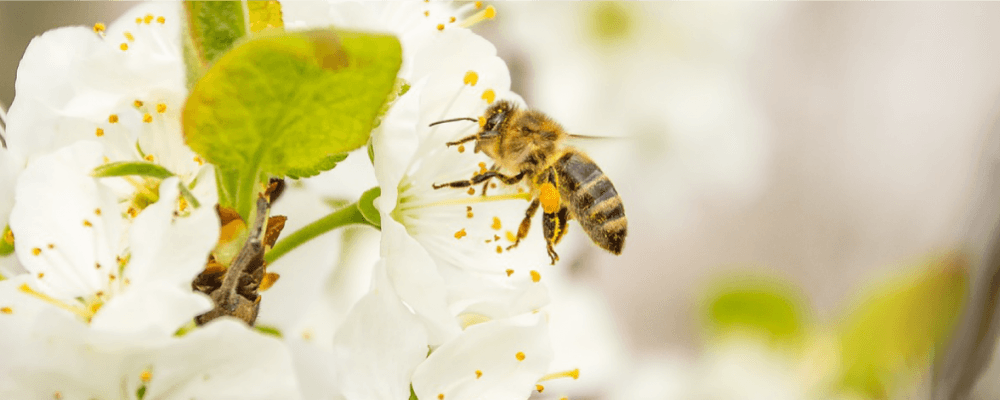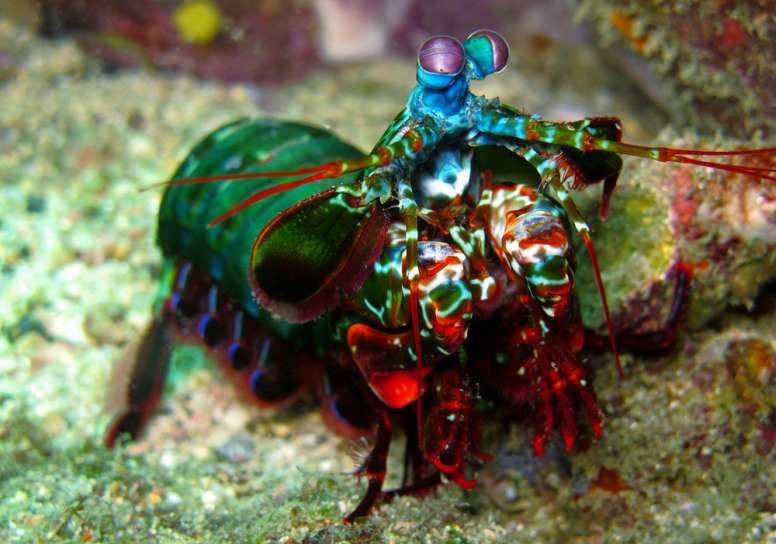Scientific Findings That May Inspire New Inventions

Repeatedly, nature inspires artists, writers, designers, inventors, filmmakers, engineers, teachers, and more. Many science fiction films have creatures or alien objects inspired by air, land, and sea creatures.
In the modern world, scientists and engineers derive inspiration from animals, plants, and insects to create devices and products that make humans live and function better.
Billion-year old R&D
According to Michael Pawlyn, a British architect, nature is a catalog of products that gained so much from a research and development period that lasted for 3.8 billion years.
Many inventors today are designing various products to function as plants and animals. The term they use for this is biomimicry. Examples are the climbing pad inspired by gecko feet, the aerodynamics of the Japanese bullet train from a bird’s beak, and the passive cooling structures patterned after termite mounds. The burrs from the burdock plant led to the creation of Velcro. Some of the modern inventions are the robot birds.
Future innovations
Researchers, scientists, and engineers are always trying to make useful and functional products. They hope that their recent discoveries will become excellent products for commercial and industrial use.

1. Mantis shrimp
A mantis shrimp is a powerful marine crustacean whose punch can break ordinary aquarium glass. But engineers are more interested in the shell that covers their backs, which is very strong and works like a shield. The armor is composed of overlapping parts called telsons, and the University of California researchers discovered that each shield has a spiral-shaped scaffolding underneath, called the bouligand structure. The structure softens the impact of a strong hit by an opponent and prevents cracks from growing on the armor. They hope that the impact-resistant microstructure will help develop body armor, sporting equipment, various types of transportation, and aerospace materials.
2. Honeybees
Honeybees are found to make an adhesive by combining flower oil and their spit. The natural adhesive covers the pollen they collect on their legs and making them water-resistant when it suddenly rains. The technique is in layering. The sticky spit covers the pollen. The second layer is the flower oil, which makes the pollen resist water. Researchers also wanted to determine how the bees remove the pollen from their legs and found out that they use the principle of rate-sensitive response. With slow movements, it is easier to remove the pollen balls. When they speed up the process, the pollen balls remain stuck. Researchers hope to develop a bio-inspired adhesive that will be adaptable and stimuli-responsive.
3. Mako sharks
Mako sharks are incredibly fast swimmers, reaching around 70 to 80 miles per hour, due to the flexible scales on their fins and flank. Aeronautical engineers designing new materials to reduce drag and increase an aircraft’s agility found that the scales feel smooth when rubbed from head to tail. When rubbed in the opposite direction, the scales will bend backward, which creates flow separation.
For example, when you stick your hand out the window when the car is moving, the part facing the wind receives more pressure than the back of the hand. The low-pressure region is caused by the separation of the airflow around the sides of your hand. Researchers are trying to develop a tape they could apply at strategic parts of the aircraft to eliminate drag and flow separation and improve flight speed and aircraft maneuverability.